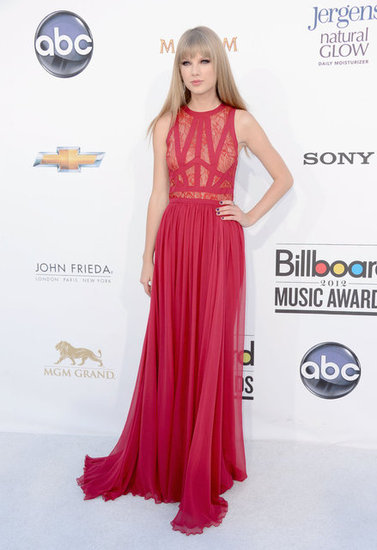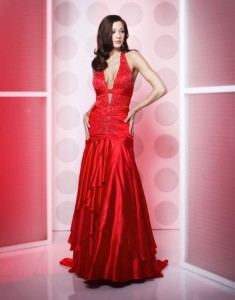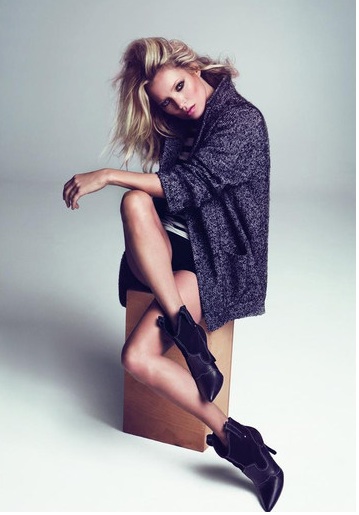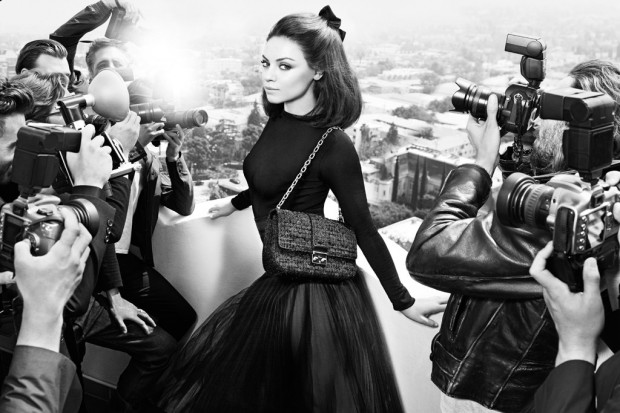Society is obsessed with the colour red. Red is everywhere on many holidays like Christmas and Valentine’s Day.
Red ochre is used in various ancient rituals. Red is the colour of the Red Light District. Red is the most common colour of makeup. Across time and across culture, it’s red that’s been the passionate hue. In a society seeing red, scientists uncover the reason the crimson colour is so coveted and craved.
There are two different theories highlighting the obsession, one stating that the love for red is strictly societal conditioning. It is by the “nurture” aspect that people grow accustomed to red being an attractive colour because of the way it is portrayed.
The “nature” aspect, however, says that this love is from a biological history. Researching our cousins, the nonhuman male primates, we can see that they have the same adoration for red. This is because female baboons and chimpanzees redden when nearing ovulation, marking the ideal time to mate. This attracts the males like a sexual beacon. It is thought that there are parallels between the humans and the animals as we are very much like them through our early ancestors.
A study by two University of Rochester psychologists published October 28, 2008 by the “Journal of Personality and Social Psychology” looked deeper into the subject, being the first supportive evidence for society’s love of red as explained by modern science. Andrew Elliot (professor of psychology) and Daniela Niesta (post-doctoral researcher) took on five psychological experiments to demonstrate their thesis that the colour red makes men attracted to women.
The study began with men’s responses to photographs of women in different colour themes. For one experiment, test subjects looked at a woman’s picture which was framed with a border coloured either red or white. They answered a series of questions accompanying these photos, like: “How pretty do you think this person is?” Additional tests compared red with gray, green, and blue. All colours were levelled in the same saturation and brightness to avoid generating a bias.
The results of this first study were conclusive. When women were framed with red borders, they were deemed more attractive and sexually  desirable by male subjects than the exact same women shown in other colours.
desirable by male subjects than the exact same women shown in other colours.
For the final study, it was the shirt of the women that was digitally coloured in the photograph. The woman only wore either red or blue. Men were also asked different questions from last study which were more related to their intentions such as: “Imagine that you are going on a date with this person and have $100 in your wallet. How much money would you be willing to spend on your date?”
In this study, actually wearing the colour red had the same, if not stronger, effect. The woman in red was more likely to score an invitation to the prom and to be treated to a more expensive outing.
This “Crimson Effect” extends mostly to males and only to their perceptions of attractiveness. Nonetheless, this could have implications in the ad world, dating game, and product labels. Not to mention the fashion industry. However, the colour did not actually increase attractiveness for females rating other females nor did it increase the men’s perception of likability, intelligence, or kindness. The meaning of any colour also heavily depends on its context. Many have proven that seeing red in competitive situations such as written tests/examinations or sporting events, leads to poor performance.
All in all, it certainly makes a girl reconsider her tactics.




